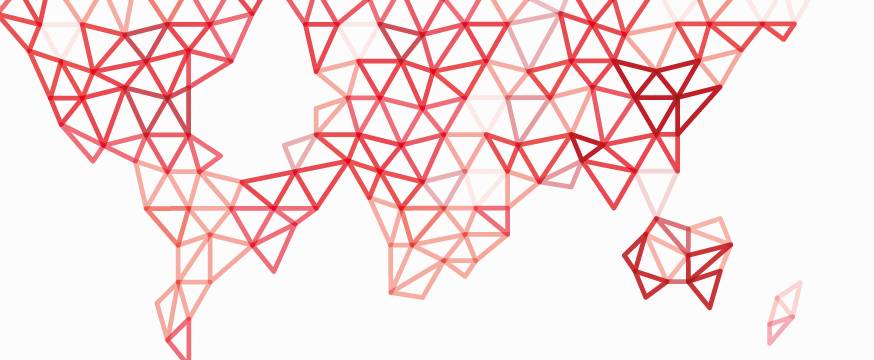
Reading literacy results good news for Australia, but not all Australians
Research 5 Dec 2017 6 minute readA new international study reveals improvement in Year 4 students’ reading literacy achievement, but more needs to be done to address the underachievement of disadvantaged students, as Sue Thomson explains.
The average level of Year 4 students’ literacy achievement has increased since it was first measured in 2011, according to the latest Progress in International Reading Literacy Study (PIRLS). While the result from PIRLS released last night is good news, the new PIRLS report shows mixed results for Australia, with improvement occurring largely at the higher end of student achievement and a long tail of underperformance persisting at the lower end.
PIRLS has measured trends in Year 4 students’ reading literacy achievement every five years since 2001. Australia has participated in 2011 and 2016. Alongside the Programme for International Student Assessment (PISA) and Trends in International Mathematics and Science Study (TIMSS), PIRLS enables Australian governments and education systems to monitor the progress of Australian students by assessing the types of skills that are essential for every child to progress through school and life. They also allow students’ performances to be compared across countries and over time.
The new PIRLS report shows substantial improvement in Year 4 average literacy achievement in comparison to other countries since 2011. Australia’s average score of 544 points was lower than the average scores for 13 other countries, including Singapore, Hong Kong, Ireland, Northern Ireland and England (which all tested in English), as well as other top-performing countries the Russian Federation, Finland and Poland. Australia’s average score was significantly higher than the scores of 24 other countries, including France and French-speaking Belgium, as well as New Zealand, Trinidad and Tobago, and Malta, which tested in English.
In 2011, Australia’s average score was lower than the average scores for 21 other countries. In 2016, 11 of those countries continue to outperform Australia, but Australia now performs at the same level as seven of those countries and outperforms a further three.
Looking within Australia provides even more positive results. The highest-achieving states, Victoria and the Australian Capital Territory, performed in PIRLS 2016 at a level that was not significantly different to Hong Kong, ranked third in PIRLS 2016. Students in Western Australia, Queensland and Victoria all significantly improved their average scores, while in other states there were no significant decreases.
The improvement in the literacy achievement of Australian Year 4 students in PIRLS is broadly consistent with the observation that Year 3 reading levels in NAPLAN have been improving nationally since 2008. This suggests there may be cause for some optimism that educational policies and teaching practices implemented since 2008 are making an impact.
The bad news, however, is that Australia’s improvement in PIRLS has largely happened at the high end of the achievement spectrum, and a long tail of underperformance persists. Consequently, achievement gaps between different demographic groups are mostly unchanged.
For example, 42 per cent of Indigenous students failed to reach the PIRLS Intermediate benchmark benchmark – a challenging but reasonable expectation of student achievement – compared to 17 per cent of non-Indigenous students. More worryingly, almost one in five Indigenous students did not even reach the Low international benchmark, set at 400.
Students with few books in the home achieved at an average level 80 points lower than those with many books in the home, and for the former group, even a positive attitude to reading is no substitute for having books.
Around one-quarter of Australian students attend schools in which the student body, according to principals, is largely disadvantaged. Almost 60 per cent of students in disadvantaged schools were affected by shortages of resources related to reading instruction, compared to just 25 per cent of students in affluent schools.
Bullying was also more prevalent in disadvantaged schools, and according to teachers’ ratings around seven per cent of students attending disadvantaged schools were in ‘less than safe and orderly’ environments. Even if this is just a perception, it is one that needs to be examined thoroughly.
A school environment that fosters a high sense of school belonging has an impact on students’ literacy achievement. The 57 per cent of Australian students who had a high sense of school belonging achieved a significantly higher score on average (555 points) than the 33 per cent of students who had some sense of belonging (537 points) and the 10 per cent of students who had little sense of belonging (517 points).
Emphasis on academic success also matters, with higher principal ratings of the school’s emphasis on academic success generally associated with higher achievement on PIRLS. Only 4 per cent of students attending disadvantaged schools were in an environment in which there is a high emphasis on academic success, compared to 26 per cent of students attending affluent schools.
PIRLS 2016 indicates that Australia appears to be on the right path, but we are still failing to provide a healthy, positive learning environment for many students, and this is reflected in the continued underachievement of disadvantaged students. We need to turn this around and lift the achievement of all students, especially those struggling at the lower end.
PIRLS is a project of the International Association for the Evaluation of Educational Achievement and is directed by the PIRLS International Study Center at Boston College. ACER manages the implementation and reporting of PIRLS within Australia, with funding from the Australian, and state and territory governments.
This article first appeared in the Australian Financial Review.
Read the full report:
PIRLS 2016: Reporting Australia’s results, by Sue Thomson, Kylie Hillman, Marina Schmid, Sima Rodrigues and Jessica Fullarton, ACER (2017).
